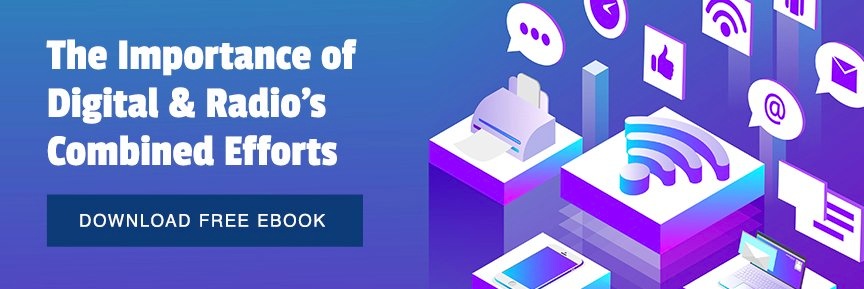3 Surprising Stats About Spoken Word Audio
Thanks to new media choices and mobile devices, the oldest form of audio -- spoken word content -- is on the upswing. Spoken word audio attracts 121 million American listeners daily, up 15% from five years ago, according to a new report from Edison Research and NPR. Americans listen to an average of four hours of audio per day and one of those hours goes to spoken word content, which includes news, sports and talk shows.
In the new audio ecosystem, more listeners are discovering spoken word content via digital streaming and podcasts, in addition to AM/FM radio. In fact, 59% of listeners said they’re digital-first users who consume most of their spoken word audio through smartphones, tablets, smart speakers, desktops and other devices.
Podcasts and digital streaming have dramatically increased the availability of spoken word fare covering a wide variety of topics that appeal to a diverse audience. Freed from the confines of a live radio schedule, digital users can find programming that fits their interests and listen on their own clock.
Younger Americans are listening to spoken word audio
In fact, 13-34 year-olds now spend 19% of their audio time with spoken word audio, up 58% from 2014.Among spoken word listeners 18 to 34, 43% said they listen via digital, while just 17% tune in via local radio.
However, older Americans still prefer to listen via AM/FM radio, with 53% of adults 55+ tuning in through local stations, compared to 23% accessing content through digital platforms.
Digital-first listeners are still using radio
One common misconception about audio is that digital listening is cannibalizing AM/FM radio’s audience, and radio broadcasters are working hard to dispel those notions. The new Edison/NPR survey helps make their case. Among digital-first listeners, nearly 50% said they still listen to AM/FM radio frequently, suggesting that digital streaming allows users to consume more content on their own schedules, rather than at the expense of radio listening. In fact, digital is helping to extend the listening experience. For instance, listeners might tune in to their favorite talk radio or sports station on their car radio while they commute and then continue listening at home on their smart speaker.
As spoken word consumption grows, music is slumping
While spoken word consumption is growing, music listening is losing ground. Music’s share of time spent listening to audio has dropped 5% in the last five years, while spoken word is up 20%. Despite this shift, music is still the dominant force in audio, commanding 75% of all listening among Americans 13+, compared to 25% for spoken word content.
But the take away from Edison’s data is clear: American’s appetite for spoken word audio, particularly podcasts, is growing steadily and local radio stations are well-positioned to deliver the highest-quality spoken word audio both over-the-air and on digital.
Noted Edison Research Vice President Megan Lazovick: “Spoken word audio is different. Spoken word can be vastly more intensive listening experience than other types of audio. People lean in — they truly listen.”

